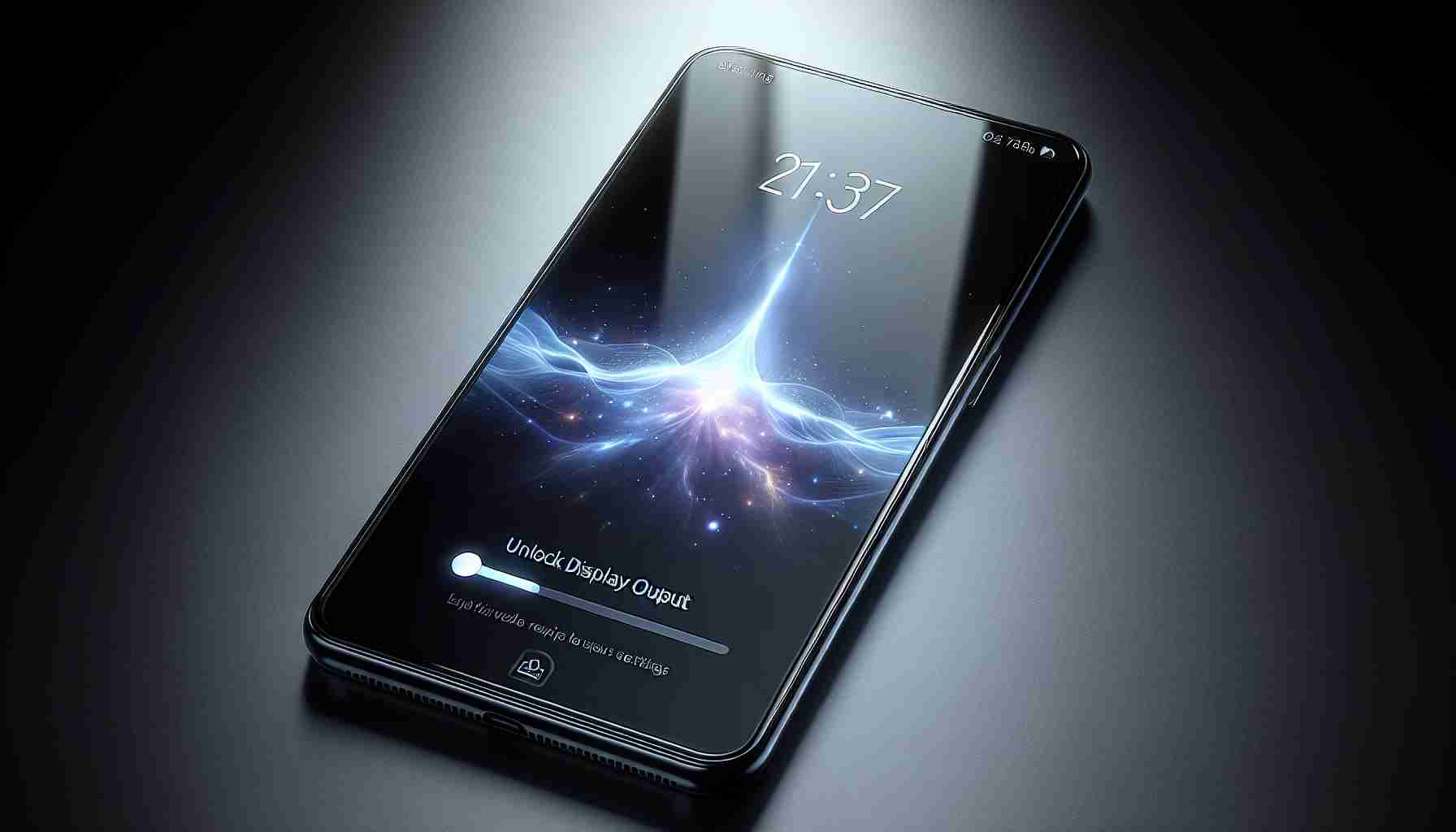Google’s Pixel 8a has caused some buzz with a hidden capability that is set to enhance the user experience. Research by tech expert Mishaal Rahman revealed that the recently launched Pixel 8a supports display output through its USB Type-C port, similar to the premium Pixel 8 series. Although the necessary hardware is present, it’s currently dormant, awaiting activation by Google through a software update expected in June.
The company’s previous generation, based on the Tensor G3 chip, also included hardware support for this feature, which was initially disabled but later enabled via an update. True to form, this functionality will soon extend to the Pixel 8a, elevating the potential of Google’s budget-friendly smartphone.
Tech enthusiasts discovered a specific system setting related to the DisplayPort Alternate Mode, which is currently switched off (settled at a value of 0). However, development versions of Android, specifically Android 14 QPR3 Beta 2, have this value toggled on, enabling the feature.
As Android evolves towards its 15th iteration, rumors suggest a major enhancement in the way Android handles desktop modes, rivaling Samsung’s Dex. The platform is expected to manage multiple window tasks more seamlessly when connected to external displays, and the upcoming Google I/O 2024 may shed more light on these advancements.
Google’s strategy to infuse its more affordable Pixels with high-end features could democratize premium functionalities, ensuring that even mid-range device owners can enjoy sophisticated capabilities like desktop output.
Important Questions and Answers:
Q: What is display output through USB Type-C, and how does it work on the Google Pixel 8a?
A: Display output through USB Type-C allows a device like the Google Pixel 8a to connect to an external display, monitor, or TV, and show its content on that screen. This is typically achieved through the DisplayPort Alternate Mode, which leverages the USB Type-C connection to transmit video signals.
Key Challenges or Controversies:
One key challenge might be ensuring that the Pixel 8a’s performance isn’t negatively impacted when outputting to larger screens, especially since it’s positioned as a budget-friendly option. There may also be controversies regarding the delay in activating this feature, considering the hardware support is already in place but software-disabled by default.
Advantages and Disadvantages:
The activation of display output offers various advantages. It gives the Pixel 8a additional versatility as it can be used for presentations, gaming, or as a makeshift desktop with the appropriate peripherals connected. It can also enhance productivity by allowing users to work on a larger screen.
On the downside, enabling display output on a budget phone could lead to potential performance issues if not properly optimized, as the hardware is typically less powerful than that of premium models. There may also be concerns about battery drain when using this feature extensively.
Related Links:
For more information about Google’s Pixel lineup and related features, you may visit Google. If you’re interested in development versions of Android and related technologies, the official Android page would be the best place to go. Additionally, Google I/O announcements can be tracked on the main Google I/O event page.
Please note that the above URLs are to main domains and are valid as of my last update. Always make sure to verify URLs independently to ensure their validity and security.
